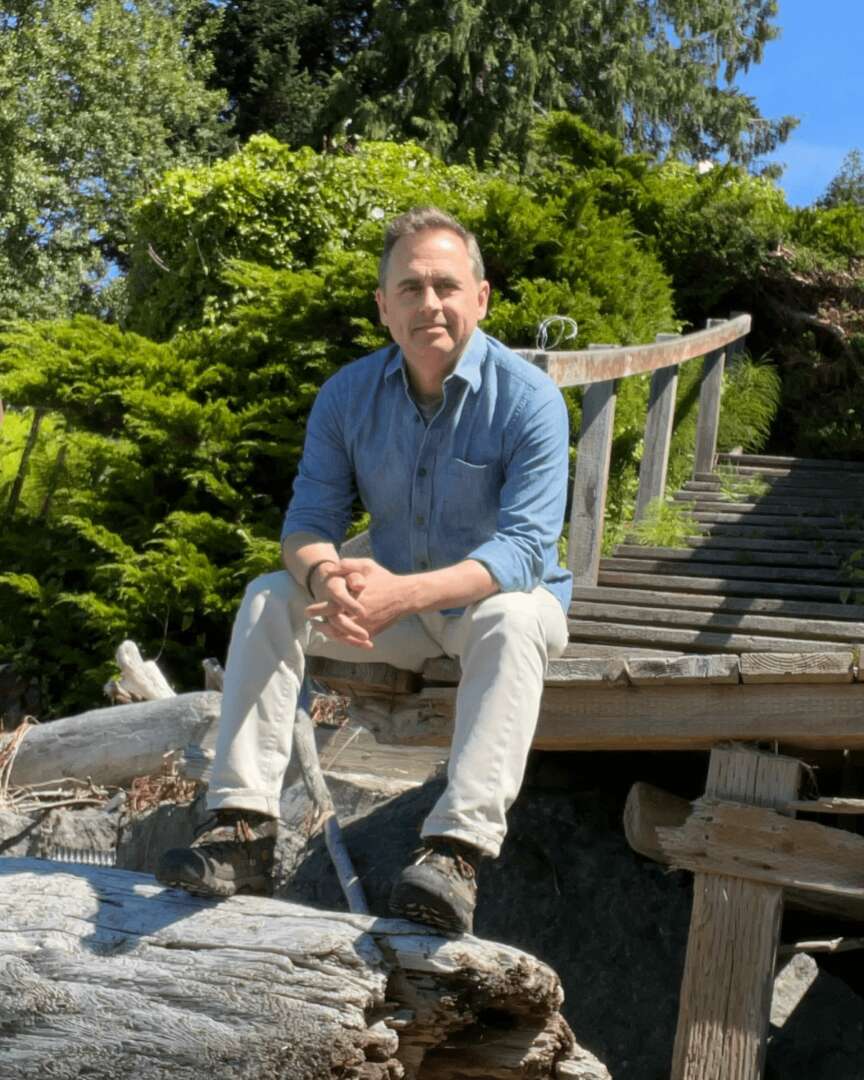We were lucky to catch up with John Schmitz recently and have shared our conversation below.
John, thanks for taking the time to share your stories with us today Can you open up about a risk you’ve taken – what it was like taking that risk, why you took the risk and how it turned out?
I took a formal turn in my artistic practice somewhat recently. My studio moved outdoors, as it were, to the intertidal zone near our cabin. This zone—where sea meets land between low and high tide—is a dynamic space of life, death, reproduction, and feeding in negotiation with daily tidal cycles. It’s riveting even in the quiet moments, so if you can’t find inspiration here, you’re simply not paying attention.
As I embraced this turn, beauty and craft became less dominant concerns, in favor of exploration and experimentation. I wanted to surprise myself, while developing a closer relationship with this unique environment. I admit that my intentions are still not fully clear to me, but it’s a wonderful feeling of play.
This playful impulse manifests as gentle engagements with the intertidal zone via transient works composed of materials foraged on the beach, as well as gifts from the tide, such as driftwood and spent bull kelp. These encounters then spur a range of iterative research as questions continually emerge. If this turn can be accurately labeled a risk, it’s one that continues to reward me, both in the practice itself and the introductions to like-minded people.
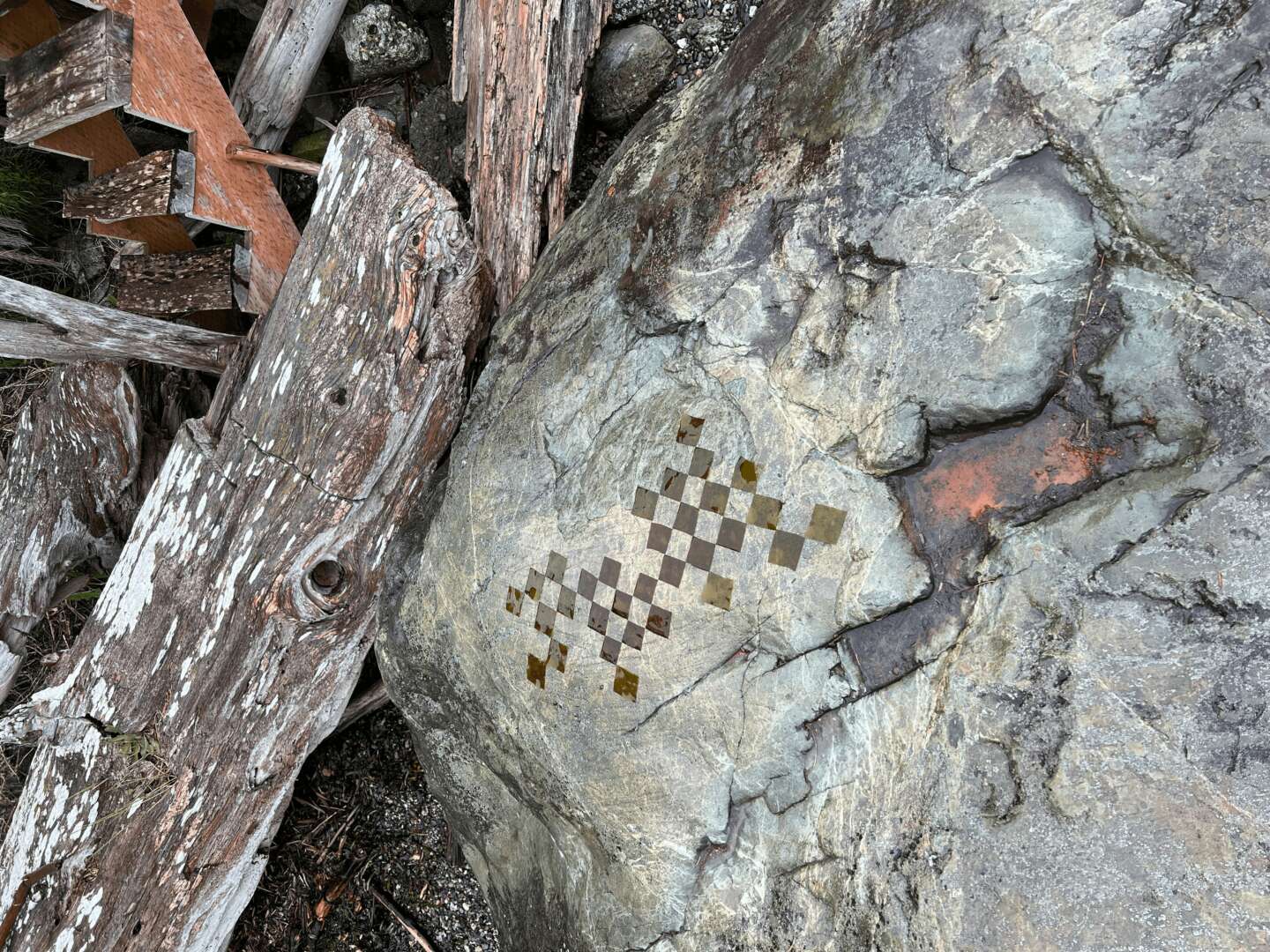
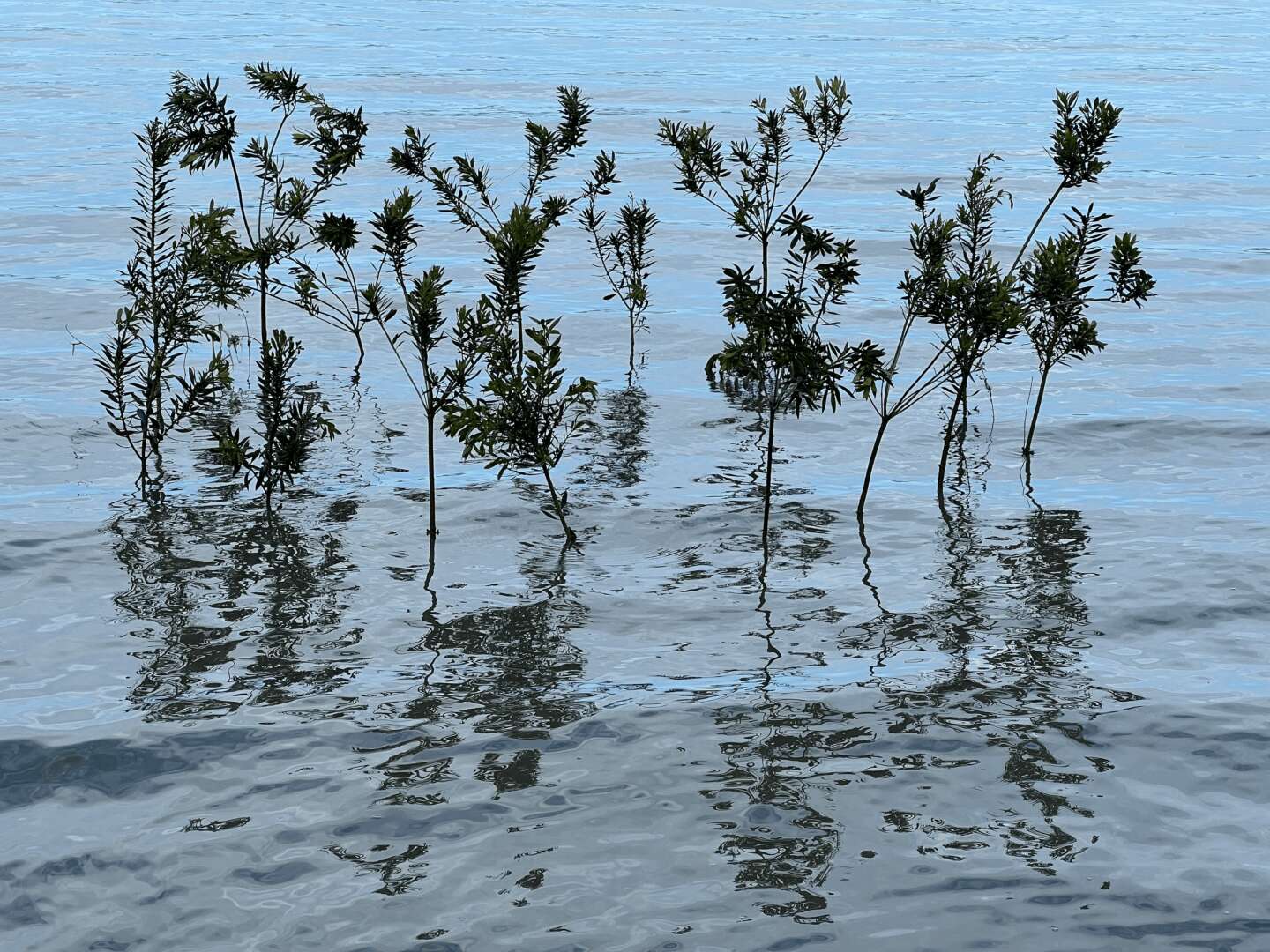
Awesome – so before we get into the rest of our questions, can you briefly introduce yourself to our readers.
I am an artist and educator whose practice is focused on the intertidal zone, which is the area where sea meets land between low and high tide. I research, document, and play in this dynamic space via transient works composed of foraged materials.
Fidalgo Island in Washington State is my studio, so to speak, specifically the shores and mudflats of Skagit Bay near our cabin that sits on Swinomish Tribal Community land.
At root, I’m interested in exploring and tending to my relationship with the earth via gentle engagements that invite reflection, feelings of connection, and new understandings.
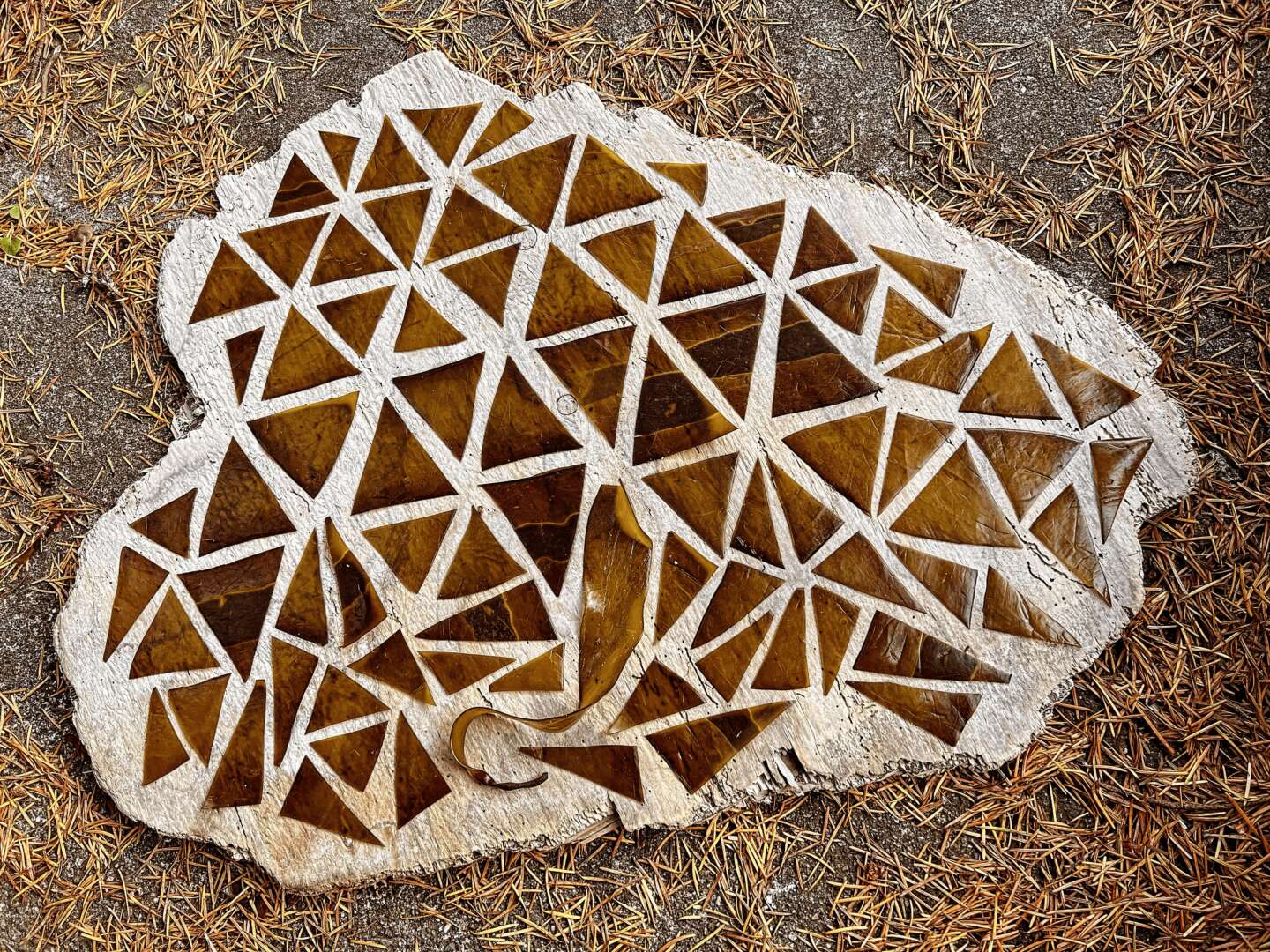
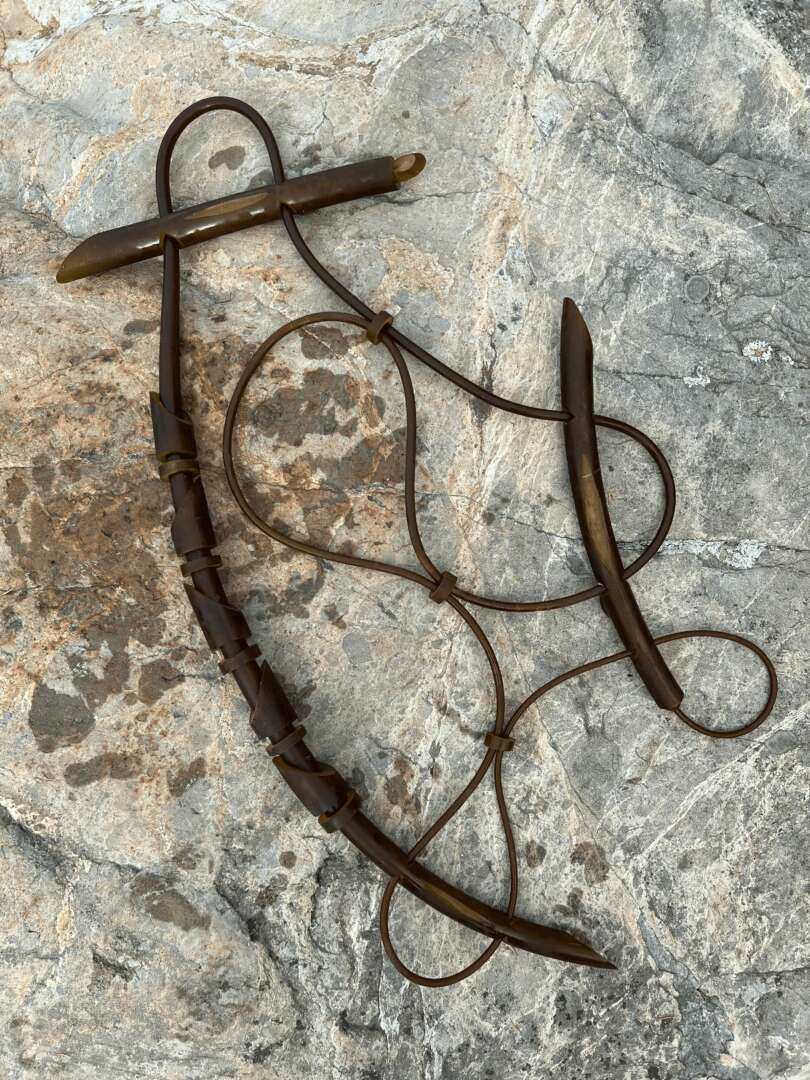
Learning and unlearning are both critical parts of growth – can you share a story of a time when you had to unlearn a lesson?
I think everyone at some point has wrestled with “impostor syndrome.” Maybe it’s fueled by a comparison with someone else in a particular field or the assumption that one must somehow earn attention or appreciation via a conventional accomplishment.
The reality is that others are not spending much time assessing me in any significant manner at all. In addition, external measures of success are invented and are relative forms of judgment anyway.
Understanding this, I dropped the syndrome and embraced the impostor. I don’t mean this deceptively, but instead in the sense that a creative life offers us opportunities to play a variety of roles if we dare. Maybe it pays off or maybe it doesn’t, but I’ll leave that to others to decide; for me, the joy is in the doing.

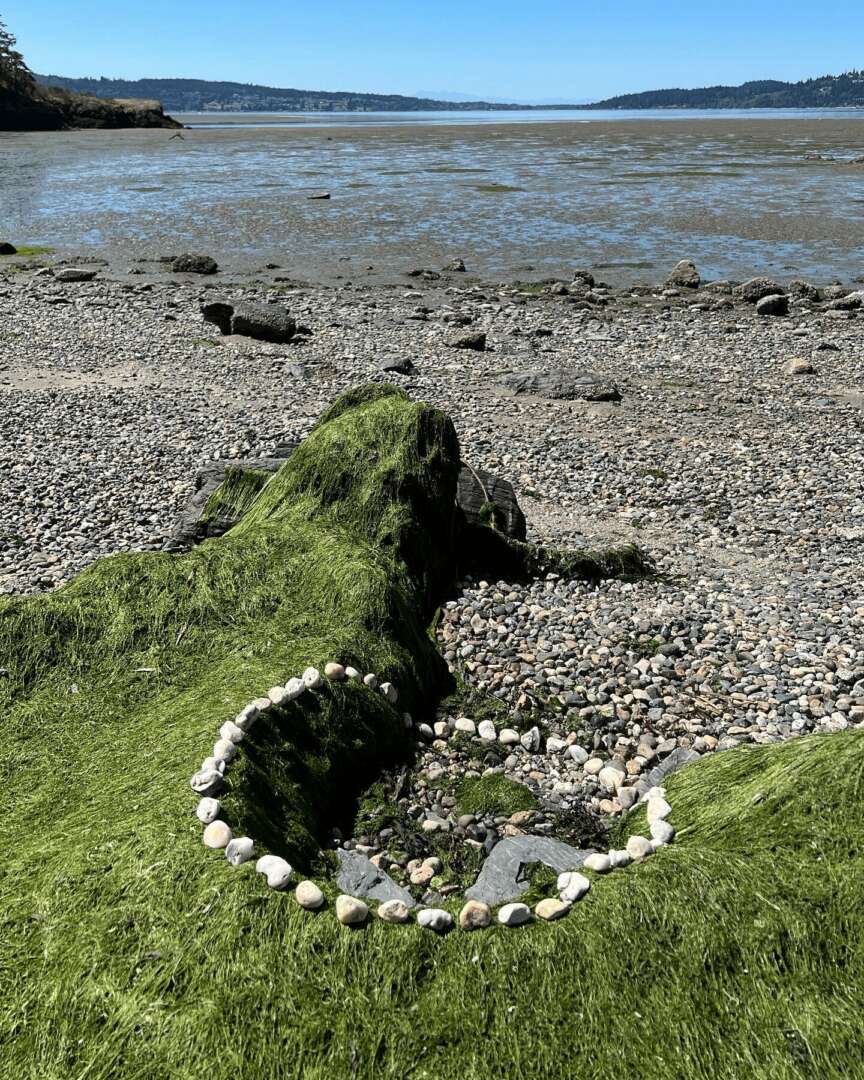
Have any books or other resources had a big impact on you?
A particular favorite book of mine is “Seeing is Forgetting the Name of the Thing One Sees: A Life of Contemporary Artist Robert Irwin” by Lawrence Weschler. Whether you’re aware of Robert Irwin or appreciate his art, this book prompts us to grapple with the limitations of our perceptions.
As the title suggests, the names, labels, and schema we inherit can inadvertently serve as barriers to perceiving the world around us, not to mention ourselves. While we depend on them to a degree to function communally in society, developing an ability to strategically shed them opens us up to new ideas, new visions, and new ways of being in the world.
Contact Info:
- Website: https://www.schmitzcraft.com
- Instagram: schmitzcraft
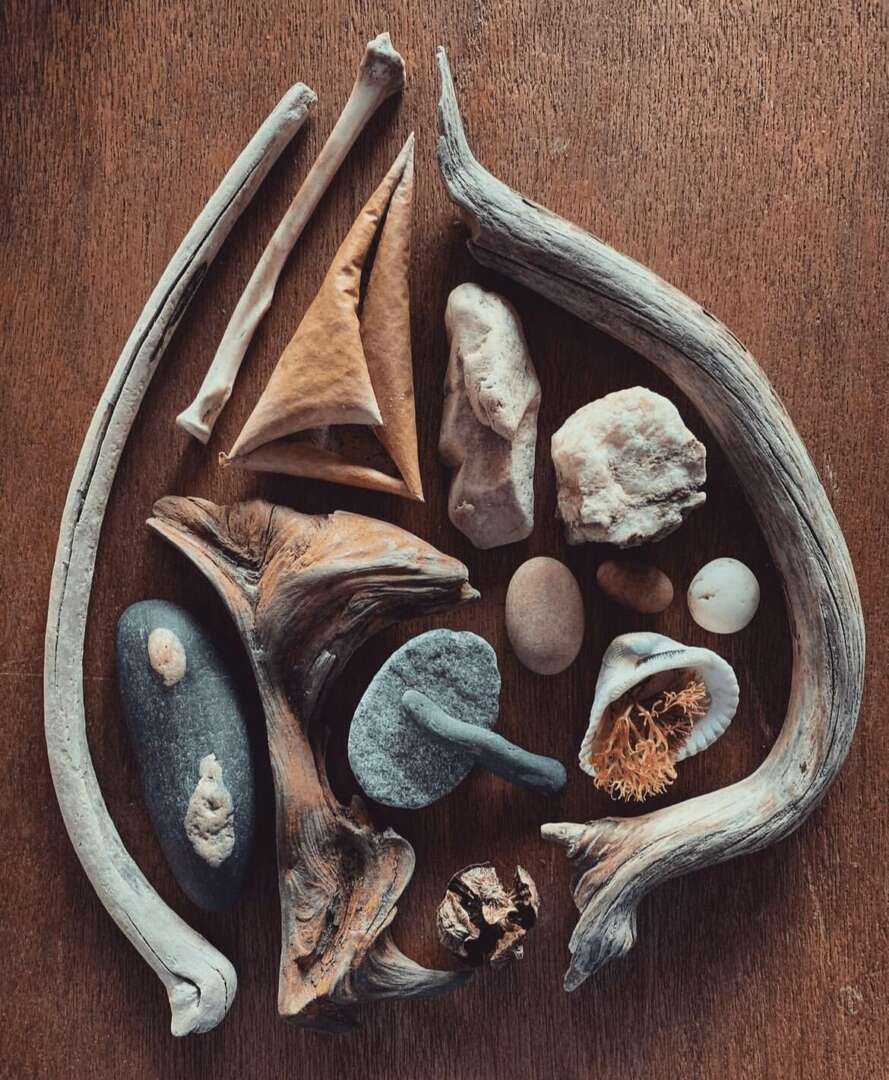

Image Credits
All photos are mine.


